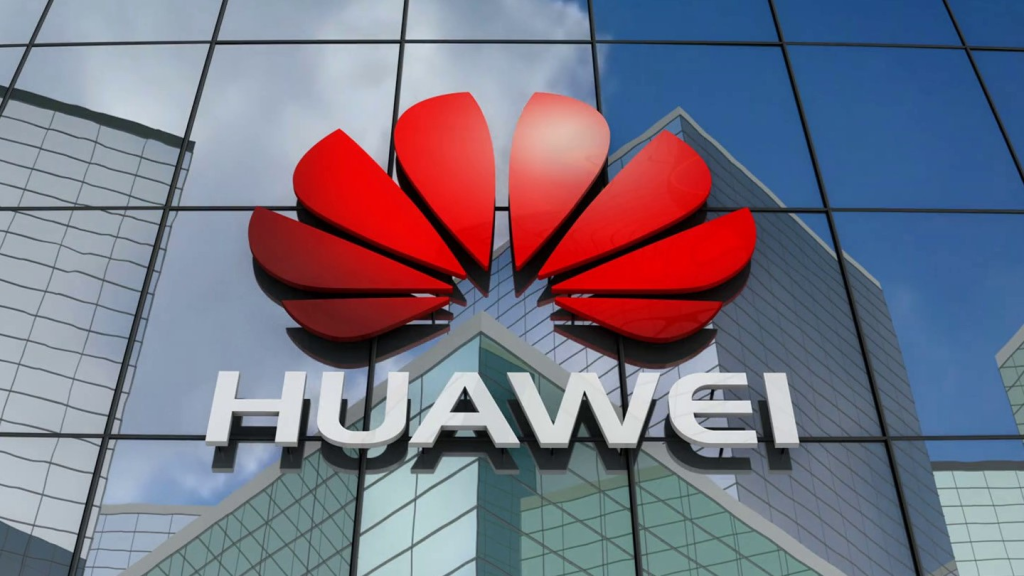Huawei’s Mate XT garnered 2.7 million preorders within hours of its launch.
The trifold smartphone will be unveiled just hours after Apple’s Glowtime event.
Huawei has made a comeback in the global smartphone market and is competing directly with Apple.
One of China’s top smartphone makers raked in 2.8 million preorders for its latest phone just one day after reservations began — even before people learned its price.
Huawei’s Mate XT, a trifold smartphone, is set to be unveiled during an event on Tuesday in China. On Huawei’s online sales platform, which is selling the device in two colors, nearly 3 million people had registered interest at publication time.
The company’s event will be hours after Apple is expected to launch a slate of new products, including the iPhone 16, at its fall Glowtime event.
Huawei said its phone will go on sale on September 20. The company will likely talk more specifics, including pricing, at Tuesday’s event, and it may also showcase its new line of electric vehicles.
Huawei didn’t immediately respond to a request for comment for this story.
The timing of the launch and its preorder success signals Huawei’s ability to compete directly with Apple. The US smartphone giant has been losing ground in China, the company’s most important international market, because of weakening consumer interest. China made up about 17% of Apple’s sales in the three months ending June 29.
Comeback story
Huawei was one of the world’s biggest smartphone players in the world before US sanctions in 2019 crushed its handset sales and prevented it from accessing the latest semiconductors.
But the Shenzhen-based firm turned those sanctions into a comeback story last year.
Huawei shocked the world by designing its own processors for a superfast smartphone and raised fears that China is rapidly producing solutions to bypass restrictions on its access to Western tech. In April, Huawei also launched a new smartphone series.
While pricing for the latest phone, which folds twice, is not known, Huawei has recently been competing with Apple in the same price territory.
Huawei’s Pura 70 — its April release — costs 5,499 yuan, or $774, while Apple’s iPhone 15 starts at 5,999 yuan. Pro and Ultra versions of both phones cost about $1,400.
According to data compiled by third parties, Apple has recently fallen off the list of the top five best-selling smartphone makers in China.
According to an IDC report, local manufacturers like Vivo, Huawei, and Xiaomi gained significant ground in the second quarter, while Apple saw a 3% year-on-year decline in market share.



